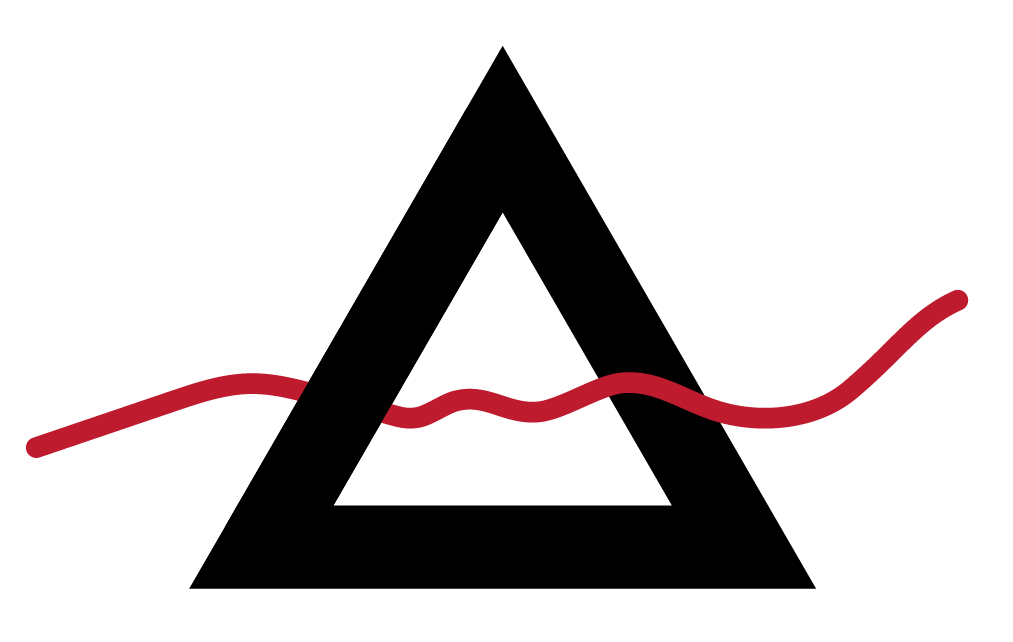Lydiard Training Principles
By Lorraine Moller
“The core of Lydiard training is the quantity and quality of the base training.”
Principle I
Miles in the bank: Maximize aerobic capacity first
Lydiard proved, champion after champion, that the first phase of Lydiard training is endurance/aerobic development.
Think of aerobic running as home base—the place where we hang out until we are mature enough to leave, and the place we always come back to for rest and recuperation. As the miles stack up, we increase the capacity of both the heart and the lungs for work, build our circulatory network to the muscles through increased capillarization, increase the number of mitochondria in the muscle cells, and develop other beneficial metabolic and enzymatic pathways for gathering and converting oxygen to energy. Once these structures are established they allow us to respond and recover quickly. Aerobic training, then, is training for all other types of training.
Lydiard often described miles as money in the bank—the more you have the greater your currency to buy ATP’s (the units of energy your muscles need for contraction) and the faster you will eventually be able to race in any event that has a large aerobic component. From the 800 meters on up the body’s energy needs are met primarily from aerobic metabolism, with any race over 5,000m more than 85 percent dependent on aerobic ability.
There is no argument: The greatest gain for any aspiring distance athlete is made by spending the majority of time on aerobic development. And for those recreational athletes training for a weekend road race, this is the only phase of Lydiard training that is initially indispensable.
While easy running is always the safest place to start, it is often the case that the cardiovascular system develops quickly while the musculoskeletal system tends to lag somewhat. My golden rule is that you can never progress faster than your slowest part will allow. Case in point: For the past 20 years Japanese teams have regularly altitude-trained in Colorado. I often recognized some of these petite women, back-packs on, hiking up the steep incline of Gold Hill some 15 miles out of Boulder. Taking the base-building strategy one step further, the coach had prescribed extended hiking and jogging sessions during year one of the four-year Olympic cycle solely to condition the musculoskeletal system for base-building. With strong tendons and ligaments these runners could then handle up to 200-mile training weeks without injury, and thus develop a superior aerobic capacity.
Principle II
Feeling-based training: Tune in to your inner coach
In the Lydiard-style hill training, one of the benefits of the buildup phase is that these longer aerobic runs allow you to safely build a rapport with your body.
This is a greatly underrated aspect of training, probably because feelings have generally not been a part of any serious exercise discussion. But being able to precisely gauge one’s effort over time is an ability that is the hallmark of all great athletes. They can run the razor’s edge, knowing how to pitch their effort and energy to extract the best from their bodies on any given day.
Lydiard fostered this ability in all his runners by prescribing feeling-based training goals. A typical running schedule would ask for half effort on one day and three-quarters or seven-eighths effort on another. Half-effort was half the effort of a full effort, and so on. In the days before heart rate monitors and chronographs one simply had to guesstimate until they got the gist of it, which they did quickly.
Modern technology can be helpful training wheels to developing this rapport but an over-reliance on outside feedback, whether a beeping monitor or a coach bellowing splits from the sidelines, is also a dangerous trap. Ultimately we are on our own in competition, reliant on the clarity of communication between our mind and our body. I call this the “inner coach,” the voice within that knows exactly what we need to do at any point in time to reach our potential. Whether it tells us to back off, relax, pick it up, or make a break, in hindsight it was always the right thing to do. As we learn to trust the inner coach over time, the stronger its voice becomes.
Principle III
Response-regulated recovery: Tune into your inner coach
Training can be defined as specific stress applied to the body to invoke a corresponding adaptation.
The training stimulus (workout) causes a temporary breakdown in the body (catabolic phase) followed by the adaptive period (recovery), during which the body rebuilds itself so as to better withstand the stress that it has just endured (anabolic phase). Breakdown and buildup better than before, breakdown and buildup better than before; this is the rhythm of good training. Interestingly, the desired training effect does not take place during the workout but during the recovery. We improve not while we are training but while we are resting. More often than not, bad training is a mismatch of breakdown and buildup: either the workout is too hard or the recovery is inadequate, or both. (Rarely among motivated athletes is it the result of under-training.)
The tendency for many runners to overtrain and/or under-recover is underscored by an inflexible training schedule. While Lydiard pushed his runners, he offset the overtraining syndrome by preparing them for optimal recovery with base training, gearing the training to be feeling-based, and adjusting workouts according to the athlete’s recovery response. The art of good training calls for an accurate assessment of which side of the adaptation curve the runner is on—catabolic or anabolic—and prescribing appropriately: a recovery run or a workout.
There are simple ways of assessing this: An elevated morning heart rate, poor sleep, low energy, sore muscles and bad mood are all indicators that the runner needs further recovery and a workout of any intensity is contraindicated. Once the “spark” has returned the runner is ready for the next “stress.”
Shigeharu Watanabe, coach of Yoko Shibui, whose marathon personal best of 2:19 ranks her No. 7 all-time among women, served his coaching apprenticeship with Lydiard in New Zealand. Of his team he says, “We do only that which is necessary to do, we do not follow any numbers.”
Principle IV
Sequential development of energy systems
A study performed by Dr. Izumi Tabata (and colleagues) at the National Institute of Fitness and Sports in Tokyo, Japan, showed that over a six-week period, interval training is more efficient than steady exercise of lesser intensity.
This study has been quoted by get-fit-quick advocates as proof of the superiority of interval training. What they do not tell you is that anaerobic development takes four to six weeks to top out, and that when preceded by endurance and strength training the possibility of injury is decreased and the quality of the intervals is enhanced.
Whenever Lydiard was asked which part of the training was the most valuable, he always answered simply, “Everything.” Often he would follow up with the question, “Who would want to eat a cake half-baked?” This holistic approach distinguishes Lydiard training from one-brand-fits-all formulas and squelches the quest for the “magic workout.” There is no single element that makes one a champion. Rather, it is the progressive development of each energy system from low intensity to high intensity, each stage preparing the runner for what is to come next. Speed is built on interval training which is built on strength which is built on endurance. When the runner finally reaches her target race, she possesses the entire gamut of adaptive responses from jogging to sprinting.
Lydiard Training uses a pyramid model with six phases to enable any athlete to engineer a peak performance state. Each phase is dependent upon, and sets the athlete up for the next phase, building a “training amplitude.” A high training amplitude allows the athlete to access multiple energy sources enabling a wide range of paces. This allows for effortless sustainable movement, and optimal fitness that is lasting and progressive for years to come.
These phases are:
Aerobic Conditioning
Hill Strength Training
Anaerobic Development
Integration
Taper
Racing
Principle V
Correct Timing
Peaking is a matter of correct timing. It is one thing to maximize the amount of energy at the disposal of an athlete. It is another to channel that energy into the event that matters.
To ensure one’s best form is achieved on competition day, a Lydiard schedule is always written from the goal backwards, allotting the amount of time needed for each phase and using the remaining time for base training. Thus the training pyramid serves the twofold purpose of physiological and mental focus to arrive at one point in time—the goal. There is no need for a separate mental training program of affirmation and visualization—it is inbuilt into the training program. As the athlete gets closer and closer to the top of the pyramid, the training increasingly simulates the race. There is nothing more confidence-building than the somatic knowing of thorough preparation.
Using the five principles of miles in the bank, feeling-based training, response-regulated recovery, sequential development of the various energy systems and correct timing, the what, when, how and why of every action from sleeping to running is another brick in the pyramid that takes one to the top.
Lydiard’s greatest protege, Peter Snell, retired with three Olympic gold medals and numerous world records to his name. In his post-athlete career he came to live in the U.S., where he became a doctor of exercise physiology and associate professor of internal medicine.
Final Thoughts
As Peter Snell put it, “the core of Lydiard training is the quantity and quality of the base training.” Although Arthur appeared to be very precise about the track training leading up to the racing season, I believe this was not as important as the base. Long, moderate-pace running is anabolic whereas high-intensity demanding training, while having its place, is catabolic. Thus the base is critical to prevention of overtraining. Marathon training for an 800m runner is difficult for many coaches and particularly scientists to understand. Many have been quite dismissive about the benefits in the face of the outstanding results associated with marathon training. To them it makes no sense training slowly for a speed event. The rule of specificity is violated. Why then does it work? Today our knowledge of physiology provides some answers:
Long endurance runs appear to provide protection against overtraining from too much high-intensity speed work. Therefore more race-related training may be accomplished.
Activation of fast-twitch muscle fibers is normally accomplished by high-intensity interval runs. We now know that long moderate-pace runs also activate fast-twitch muscle fibers, after slow-twitch fibers have become glycogen depleted after the first one to two hours.
In sum, and in light of current physiology, there is little I would do differently today other than incorporate some long, easy intervals once a week during the base training. The training of current top athletes is testimony to the relevance of Lydiard training today.
Want to know more?
Join one of our courses:
-

Introduction to Lydiard™
A two hour online course describing the fundemental principles of Lydiard Training.
-

Lydiard™ Coach Award
15 hour online or face to face course with Lorraine Moller and Colin Lancaster
-

Lydiard™ Advanced Coach Award
A live case study discussion, and a blend of advanced courses to choose from.









